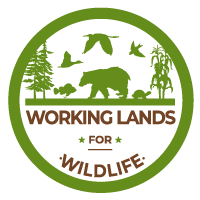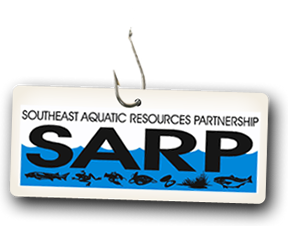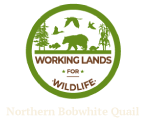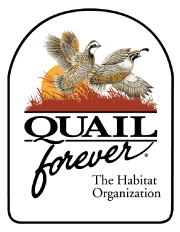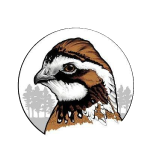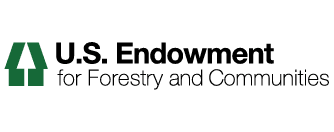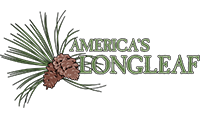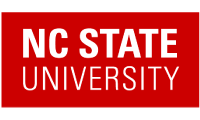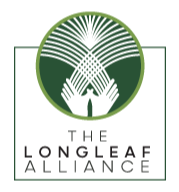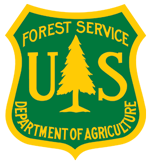Regional Partnerships
Appalachian Trail Conservancy
The Appalachian Trail Conservancy’s mission is to preserve and manage the Appalachian Trail – ensuring that its vast natural beauty and priceless cultural heritage can be shared and enjoyed today, tomorrow, and for centuries to come.
Arkansas River Watershed Collaborative
The Arkansas River Watershed Collaborative (ARWC) grew out of the process of wildfire and its effects on water and communities. As fires in the Arkansas River Basin and across the state were becoming more intense and frequent, the need for organized community and agency partnerships to address impacts and preserve the health of our watersheds became clear and urgent.
Association of Fish and Wildlife Agencies
State, provincial, and territorial fish and wildlife agencies in North America have safeguarded fish and wildlife for over 100 years. The public entrusts these agencies with primary stewardship over vital wildlife resources. The Association of Fish and Wildlife Agencies lends collective voice to its agencies in fulfillment of that responsibility.
Black Urban Growers (BUGs)
Black Urban Growers (BUGs) is committed to building networks and community support for growers in both urban and rural settings. Through education and advocacy around food and farm issues, we nurture collective Black leadership to support Black agrarianism and reimagine Black futures. Based in New York City, BUGs reach is national through its annual conference.
Coastal Bend Bays & Estuaries Program
CBBEP is one of 28 areas in the National Estuary Program, established by U.S. Congress in 1987. CBBEP joined in 1994, and the Bays Plan received state approval in 1999. The CBBEP is a non-regulatory, voluntary partnership effort working with industry, environmental groups, bay users, local governments and resource managers to improve the health of the bay system. Public participation by individuals and organizations is encouraged.
Custer Gallatin Working Group
The Custer Gallatin Working Group is a collaborative established in July 2014 to develop agreement around priority areas and approaches for project work on the Custer Gallatin National Forest, and to help facilitate timely completion of those projects at the local level.
Del Norte Fire Safe Council
The California Fire Safe Council (CFSC), a California non-profit corporation, was first formed as a project of the California Department of Forestry and Fire Protection (CAL FIRE) in 1993.
Eastern Brook Trout Joint Venture
A diverse group of partners, including state fish and wildlife agencies, federal resource agencies, academic institutions and private sector conservation organizations are working to conserve Eastern brook trout and their habitats. Established as the Eastern Brook Trout Joint Venture (EBTJV), this Fish Habitat Partnership has already produced a range-wide population assessment of brook trout; completed extensive work that identifies key threats to brook trout and their habitats; and developed conservation strategies to protect, enhance and restore brook trout.
Equity and Inclusion
The Landscape Partnership Equity & Inclusion space is designed to: Highlight best practices in equity and inclusion for conservation professionals, partners, agencies, and communities; Develop an ever-evolving toolkit of equity and inclusion resources to support work with, and for, underserved communities; and Create a collaborative space where stakeholders can work together to improve equity and inclusion in conservation.
Fire Adapted Communities Learning Network
The Fire Adapted Communities Learning Network (FAC Net) exists to support and connect people and communities working on wildfire resilience. It offers community-based leaders resources, tools and connections to reduce their wildfire risk and increase community resilience. FAC Net is a catalyst for spreading fire adaptation practices and innovations nationwide.
Forest Stewardship Council
As the original pioneers of forest certification, we have 25 years of experience in sustainable forest management. We use our expertise to promote the responsible management of the world’s forests, bringing together experts from the environmental, economic and social spheres.
Gopher Tortoise Council
The Gopher Tortoise Council was formed in 1978 by a group of southeastern biologists and other citizens concerned with the decline of the gopher tortoise. The goals of the Council are: (1) to offer professional advice for management, conservation, and protection of gopher tortoises; (2) to encourage the study of the life history, ecology, behavior, physiology, and management of gopher tortoises and other upland species; (3) to conduct active public information and conservation education programs; (4) to seek effective protection of the gopher tortoise and other upland species throughout the southeastern United States.
Great Basin Fire Science Exchange
The Great Basin Fire Science Exchange (GBFSE) connects land managers and scientists to improve pre- and post-fire management decisions by providing relevant information and access to technical expertise. This project is one of 15 regional Fire Science Exchanges funded by the Joint Fire Science Program.
Indigenous Peoples Burning Network
The Indigenous Peoples Burning Network (IPBN) is a support network among Native American communities that are revitalizing their traditional fire practices in a contemporary context. Since time immemorial indigenous people have been using refined fire practices to care for landscapes in what is now the U.S.
Interstate Commission on the Potomac River Basin
The mission of ICPRB is to protect and enhance the waters and related resources of the Potomac River basin through science, regional cooperation, and education.
Klamath Lake Forest Health Partnership (KLFHP)
The Klamath Lake Forest Health Partnership (KLFHP) is a cooperative network of diverse local and regional partners who have come together to address forestland management in the region.
Lower Mississippi Valley Joint Venture
The Lower Mississippi Valley Joint Venture (LMVJV) is a self-directed, non-regulatory private, state, and federal conservation partnership that exists for the purpose of sustaining bird populations and their habitats within the Lower Mississippi Valley and West Gulf Coastal Plain/Ouachitas regions through implementing and communicating the goals and objectives of relevant national and international bird conservation plans.
Mainspring Conservation Trust
Mainspring is the land trust in the Southern Blue Ridge mountains, which spans seven counties: Cherokee, Clay, Graham, Jackson, Macon and Swain in North Carolina, and Rabun County, Georgia. Its goal is to conserve and restore the lands and waters of the Southern Blue Ridge, and to connect the people to these natural treasures. Formed in 1997 by a group of visionaries, this organization grew into the Land Trust for the Little Tennessee, until it transitioned to Mainspring Conservation Trust in 2016.
Mid-Atlantic Center for Herpetology and Conservation
MACHAC is a nonprofit organization dedicated to the conservation and study of amphibians and reptiles through advocacy, education, and execution of research by professional herpetologists and ecologists in the Mid-Atlantic and Northeastern United States.
Midwest Climate Adaptation Science Center
The Midwest Climate Adaptation Science Center is a consortium of research-focused academic, Tribal, and non-profit partners working collaboratively with the U.S. Geological Survey.


